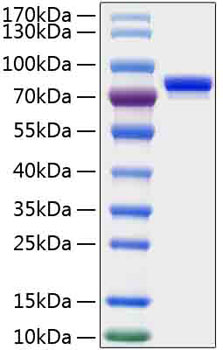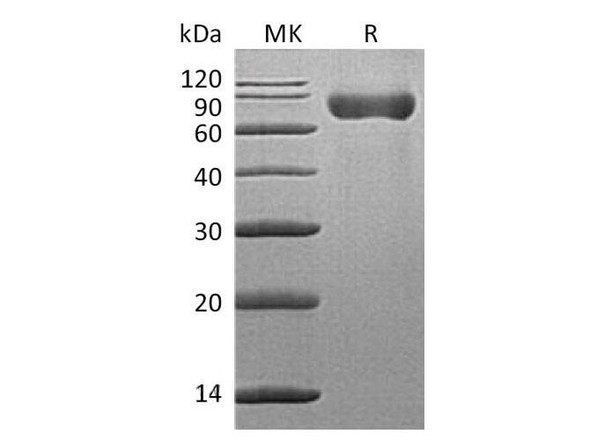SLAMF3 (CD229) is a type I transmembrane glycoprotein in the SLAM subgroup of the CD2 family. Mature human SLAMF3 consists of a 407 amino acid (aa) extracellular domain (ECD) with two Ig-like V-set and two Ig-like truncated C2-set domains. The ECD of human SLAMF3 shares 57% - 59% aa sequence identity with mouse and rat SLAMF3. Within the first two Ig-like domains that are common to all SLAM proteins, human SLAMF3 shares 24% - 39% aa sequence identity with human 2B4, BLAME, CD2F-10, CD84, CRACC, NTB-A, and SLAM. It is expressed on T and B cells, thymocytes, and more weakly on NK cells. It may participate in adhesion reactions between T lymphocytes and accessory cells by homophilic interaction. Promotes T-cell differentiation into a helper T-cell Th17 phenotype leading to increased IL-17 secretion; the costimulatory activity requires SH2D1A. SLAMF3 may be involved in the maintenance of peripheral cell tolerance by serving as a negative regulator of the immune response. It also disable autoantibody responses and inhibit IFN-gamma secretion by CD4+ T-cells and negatively regulate the size of thymic innate CD8+ T-cells and the development of invariant natural killer T (iNKT) cells.







